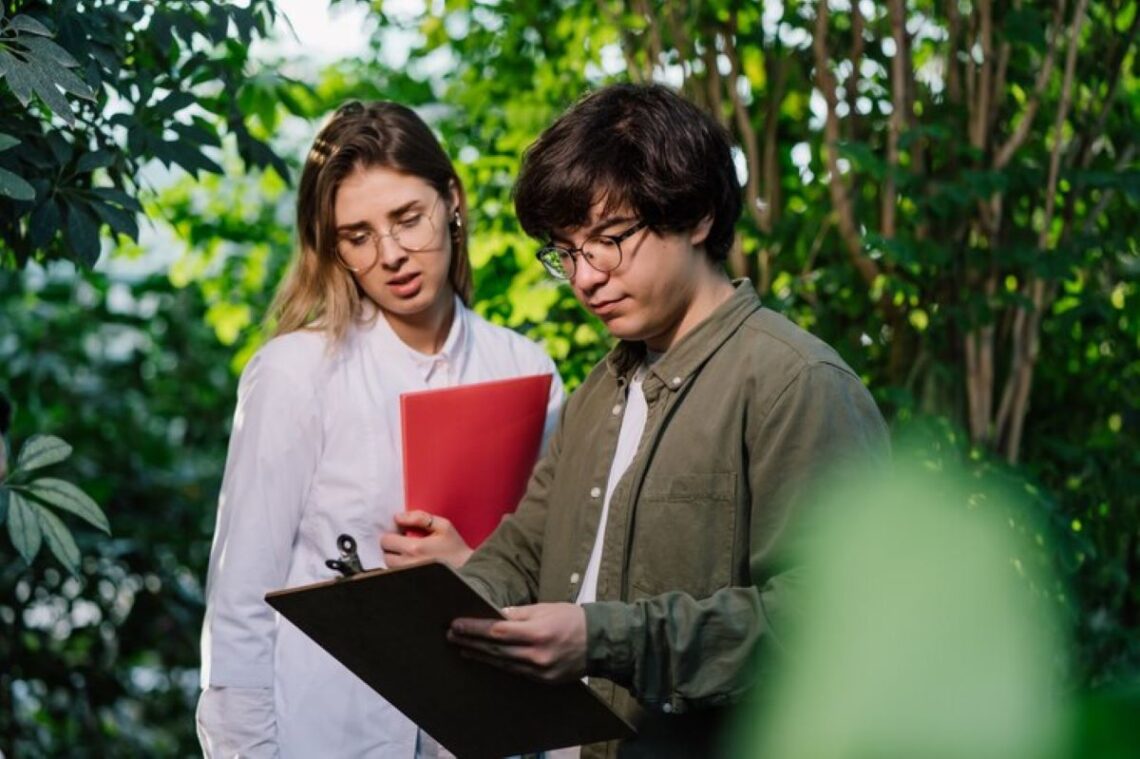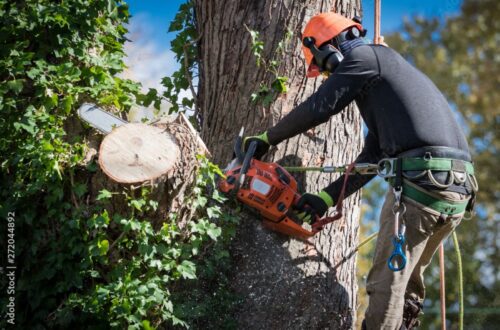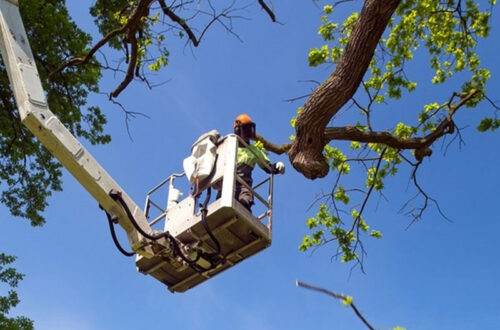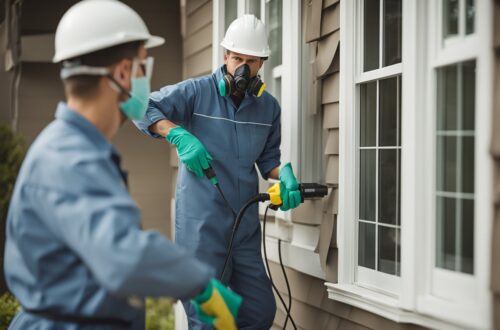Dead or diseased trees can pose serious risks to your home, garden, and family. While they might seem harmless at first glance, weakened branches or unstable trunks can fall unexpectedly, causing injury, property damage, or blocking access to your yard. Understanding these hidden dangers and knowing when to act is essential for home safety and landscape management.
This guide covers when DIY tree removal might be appropriate, essential safety tips, common mistakes, the importance of professional arborists, and aftercare such as stump removal and yard restoration.
Why Dead or Diseased Trees Are Dangerous
1. Structural Weakness
Dead or infected trees have compromised wood that can split, crack, or topple without warning. Even small winds can cause significant damage if the tree is unstable.
2. Risk to People and Property
Falling branches or entire trees can damage roofs, fences, vehicles, and power lines. Unseen decay increases the chance of accidents in your yard.
3. Pest Infestation
Dead or dying trees attract insects, rodents, and fungi. These pests can spread to healthy trees, garden plants, and even nearby homes.
4. Fire Hazards
Dry, dead wood is highly flammable and increases fire risk, particularly in dry Australian climates.
When DIY Tree Removal Might Be Considered
While dead trees may seem like simple candidates for removal, caution is key:
1. Small, Accessible Trees
Dead or diseased trees under six meters tall, away from structures, and located in open spaces may be safely removed by homeowners with the right tools.
2. Trees That Pose Minimal Risk
If the tree is isolated and poses no threat to people, buildings, or power lines, a DIY approach can work—provided safety precautions are followed.
3. Non-Protected Species
Many councils allow removal of non-native or nuisance trees without permits. Always check your local regulations before starting.
Practical Safety Tips for Homeowners
Even small dead or diseased trees carry risks. Follow these safety guidelines:
1. Wear Protective Gear
Always use helmets, gloves, goggles, and steel-toe boots. Chainsaw operation requires ear protection and sturdy clothing.
2. Inspect the Tree Carefully
Look for signs of decay, hollow sections, or leaning. Avoid cutting trees that are dangerously unstable or near hazards.
3. Plan Escape Routes
Falling branches can be unpredictable. Clear multiple exit paths and ensure no one is nearby during cutting.
4. Inspect Tools
Check chainsaws, ropes, ladders, and other equipment before starting. Malfunctioning tools increase the risk of injury.
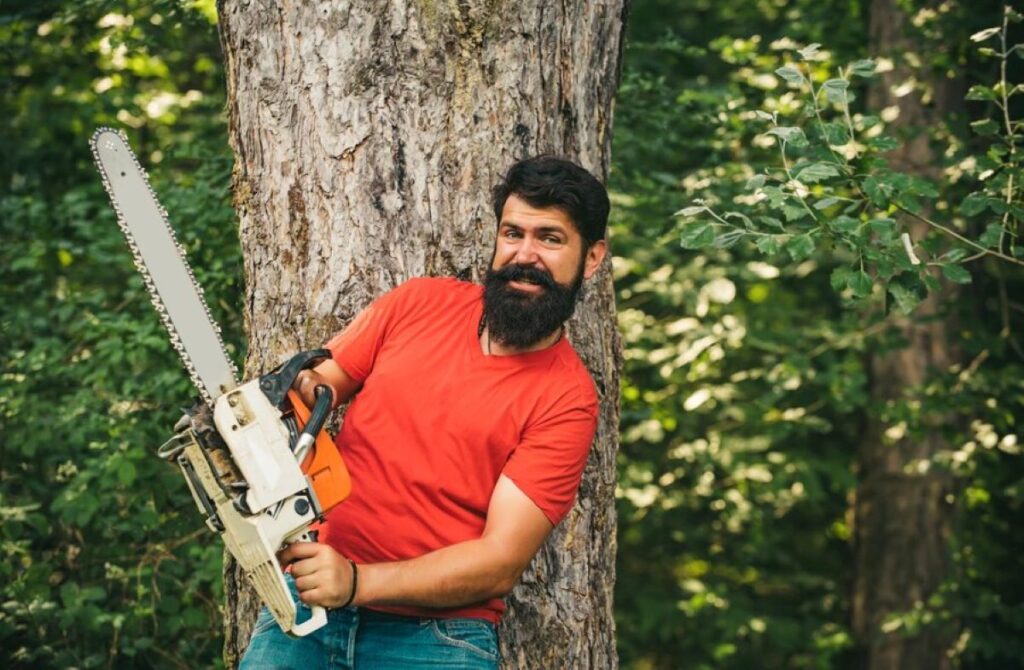
5. Avoid Hazardous Conditions
Do not attempt removal in high winds, rain, or on slippery terrain.
Common DIY Tree Removal Mistakes
Understanding frequent errors can prevent accidents:
1. Underestimating Tree Weight
Even small trees can be unexpectedly heavy, especially if decayed internally.
2. Ignoring the Lean
Dead or diseased trees may lean unpredictably. Improper notching or felling can result in uncontrolled falls.
3. Cutting Near Structures
Proximity to fences, houses, or vehicles increases the risk of property damage.
4. Skipping Permits
Some trees, even if dead, may still require local permits. Check regulations to avoid fines.
5. Neglecting Aftercare
Failure to remove stumps, debris, and affected soil can create new hazards or attract pests.
Why Professional Arborists Are Often the Safest Choice
Certified arborists provide safety, compliance, and expertise benefits:
1. Specialized Knowledge
Professionals can assess tree health, identify hidden decay, and safely plan removal.
2. Legal Compliance
They ensure tree removal adheres to local council regulations and permit requirements.
3. Proper Equipment
Arborists use ropes, cranes, and chainsaws to safely remove dead or unstable trees.
4. Insurance Coverage
Certified arborists carry liability coverage for potential property damage or injuries.
5. Efficient Cleanup
Debris removal, stump grinding, and soil restoration are handled professionally.
Aftercare: Stump Removal and Yard Restoration
Proper aftercare reduces hazards and enhances curb appeal:
1. Stump Management
Grind the stump, apply a chemical remover, or hire professionals to prevent regrowth or pest infestation.
2. Soil Restoration
Fill holes with nutrient-rich soil and level the area to support replanting grass or new vegetation.
3. Debris Management
Recycle wood as mulch or safely dispose of branches.
4. Monitor Surrounding Trees
Inspect remaining trees for disease or decay to prevent future hazards.
Final Thoughts
Dead or diseased trees pose hidden dangers that should never be ignored. While small, low-risk trees can sometimes be removed DIY, larger, leaning, or infected trees require professional attention. Certified arborists ensure safe, legal, and effective tree removal, helping protect your home, family, and landscape while improving safety and aesthetics.
FAQS
DIY removal may be safe for small, low-risk trees. Larger, leaning, or decayed trees should always be removed by certified arborists to prevent injury or property damage.
Essential tools include chainsaws, ropes, ladders, gloves, helmet, goggles, and steel-toe boots. Always inspect tools before use and plan clear escape routes.
Mistakes include underestimating tree weight, cutting in the wrong direction, ignoring leaning, working near structures, and failing to check council regulations.
Hire a professional if the tree is tall, leaning, diseased, or near property or power lines. Certified arborists provide safety, compliance, and efficient removal.

